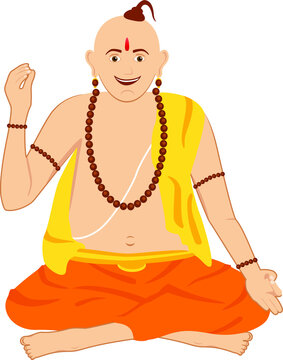
Explore the profound remedy of Kalsarp Dosh Nivaran Puja in Trimbakeshwar, designed to address negative energies impacting both physical and mental well-being. puja, also spelled pooja or poojah, in Hinduism, ceremonial worship, ranging from brief daily rites in the home to elaborate temple rituals. The word puja is derived from the Dravidian pu (“flower”). In its simplest form, puja usually consists of making an offering of flowers or fruit to an image of a god. Puja is a worship ritual performed by Hindus, Buddhists and Jains to offer devotional homage and prayer to one or more deities, to host and honor a guest, or to spiritually celebrate an event. It may honor or celebrate the presence of special guests, or their memories after they die.
Discover the powerful Kalsarp Dosh Puja in Trimbakeshwar, performed by the best Pandit for Kal Sarp Dosh Puja. Address negative energies and enhance your well-being with the divine blessings of this puja During puja an image or other symbol of the god serves as a means of gaining access to the divine. This icon is not the deity itself; rather, it is believed to be filled with the deity's cosmic energy. It is a focal point for honoring and communicating with the god. For the devout Hindu, the icon's artistic merit is important, but is secondary to its spiritual content. The objects are created as receptacles for spiritual energy that allow the devotee to experience direct communication with his or her gods. Where is puja held? Hindus commonly conduct pujas in shrines in three different environments: in temples, in the home, and in outdoor public spaces. It is equally common for any of the deities to be worshiped in any of these three types of shrines. Hindus believe that if proper care is not taken of a temple's images, the deity will abandon the temple. Hence priests reside at the temple and take care of the gods' needs. Priests perform puja at sunrise, noon, sunset, and midnight. For a layperson, however, visiting a temple every day or even regularly is not mandatory, and many devout Hindus worship at home. The essential aspect of puja is not congregational worship but an individual's offering to a deity. Worship in the home usually takes place daily.
Temples are normally dedicated to one primary god. Often they are elaborately decorated on the outside with stone or plaster carvings depicting religious stories, and their decoration is specific to the deity being worshiped. Mythological scenes are juxtaposed with scenes of everyday life and important political events, such as royal coronations, conquests, and celebrations, or with portraits of royal and secular patrons. These divine images and mythological scenes on the outer walls of the temple help worshipers recall the sacred stories they have heard or read. One should remove one's shoes before entering a Hindu temple in order to pay appropriate respect to the deity within the temple. The innermost sanctuary of the temple contains the principal image of the deity. The character of each shrine is determined by the deity being worshiped
Kaal Sarp Dosh Nivarn Puja is performed with Puja of a pair of Sneak made out of Copper along with Navagraha and other Five important Deities. Puja also involves Chanting / reciting Sarpa Sukta along with Homam rituals with Ghree, seasam, barley and other sacred material related to Dosa ShantiAbout Puja
puja, also spelled pooja or poojah, in Hinduism, ceremonial worship.
Speciality
By performing puja, spiritual vibrations get created around us.
History
The word puja is derived from the Dravidian pu (“flower”).
